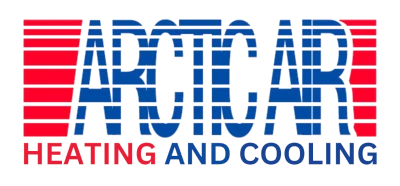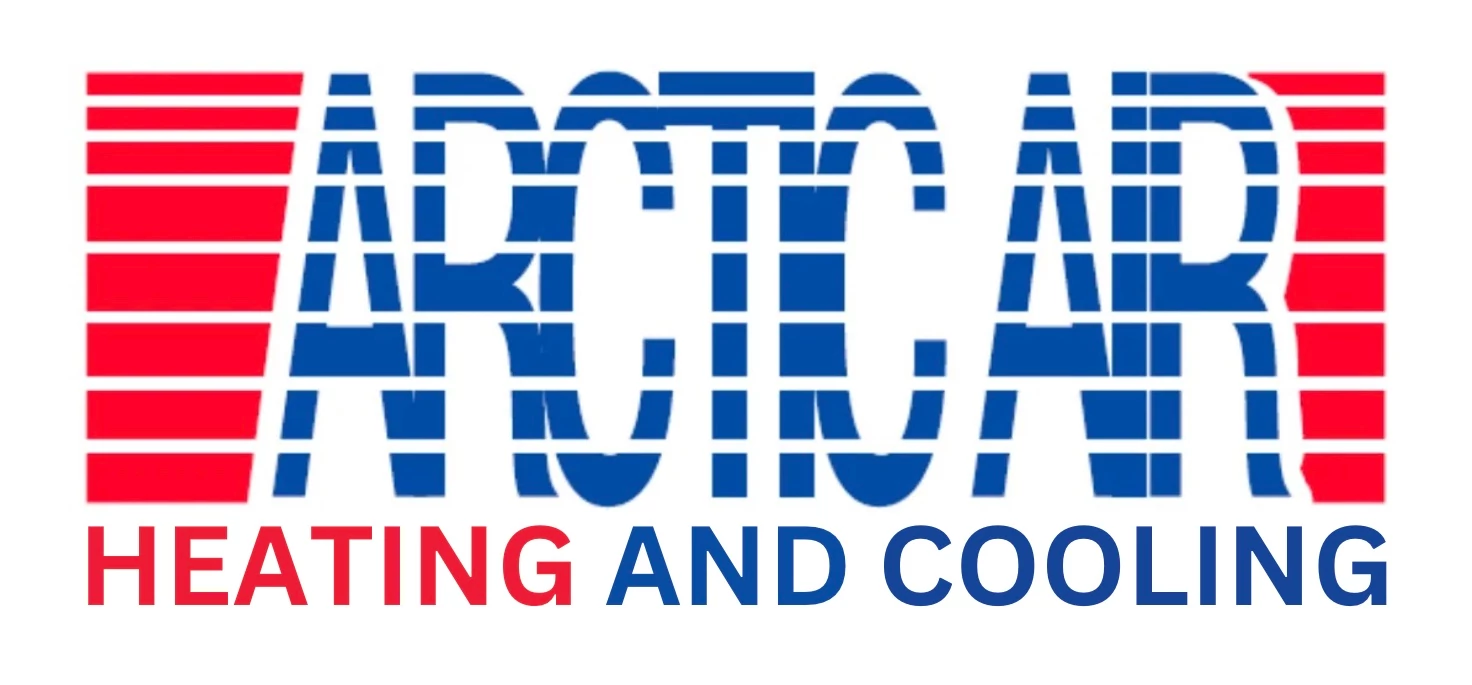The days have gotten shorter and the nights are cooler which means it’s time to make sure your furnace or HVAC system is prepared for the cold weather and the switch over to heat.
Furnaces don’t typically require a lot of work by homeowners, a little preventative maintenance goes a long way. While the most important thing you can do is schedule professional furnace maintenance every fall, there are some other things you can do yourself to extend the lifespan of your equipment and save yourself money in the long run.
Turn On Your Thermostat
It’s important to switch your thermostat over from cooling to heating before the cold weather arrives. To do this you need to set the temperature a couple of degrees higher than the current room temperature and listen to hear whether the heat kicks on within a minute.
If it doesn’t check to see if the connections are secure and the power source to the HVAC system is turned on. If it’s still not working after you’ve checked all that, you should call in a professional. The issue could be with your furnace fan, blower or heat pump which is best addressed by a trained technician.
Set Your Thermostat Back A Few Degrees
Just by setting your thermostat back 7°-10°F for 8 hours every day will not only save you money but it will allow you to customize your temperature settings at different times throughout the day, so you can use less energy while you’re sleeping or not at home. To do this effectively install a programmable or WiFi thermostat to keep your home comfortable at all times.
Reverse Your Ceiling Fans
Ceiling fans are great for circulating air throughout all the seasons. However, in cooler months, by running your fans in a clockwise rotation you will draw cool air up and force warm air down.
Winterize Your AC Unit
Winterizing your A/C unit will help protect it from the winter elements, which can help you save on costly repair bills when the warm weather returns. Unless your HVAC is a heat pump it’s important that you cover the AC condenser to protect it from falling icicles. You can also use a board to cover the fan just don’t wrap it in a moisture-trapping plastic tarp.
Change Your Furnace Filter
Replacing your furnace air filter is an easy, cost-effective solution that will help maintain your system over the long run. In fact, just by regularly changing your filter you will not only save on your heating bills but also maximize the lifespan of your furnace.
At the very least you should change your filter with the changing of the seasons, but ideally, you should be checking and changing your filter monthly if necessary.
Clean the Heat Exchanger
Every year your heat exchanger should be brushed and vacuumed out by a trained professional. During this cleaning, the technician will look for any cracks, which could lead to a carbon monoxide leak into your home.
Make Sure the Air Vents Are Open and Unobstructed
Blocked air vents will cause your furnace to work harder, increasing the system’s temperature and risk of a fire. Before winter arrives remove furniture, plants, toys, equipment or anything else that can obstruct airflow.
Inspect and Clean Heating Ducts
Damaged and dirty air ducts increase your heating bills, negatively affect air quality and put stress on your furnace or HVAC system. Inspect the duct to make sure there are no punctures, dents, disconnected parts, dust, mold or mildew. While you can examine the ducts yourself, maintenance and repair should be done by a professional.
Get an HVAC Tune-Up and Inspection
Bi annual HVAC tune-ups and inspections are a vital step in maintaining your unit and ensuring that your furnace is ready for the winter. Contact us today to schedule an appointment.

